"On first tasting it I thought it like the flesh of some animal in a state of putrefaction." - French naturalist Henri Mouhot. The fruit has been described as smelling like a combination of rotten onions, turpentine, and raw sewage. Food writer Richard Sterling wrote the smell could be best described as, “…turpentine and onions, garnished with a gym sock." Other words to describe it's odor include sewage, vomit, skunk spray and used surgical swabs! Many public places throughout Asia prohibit bringing it on the premises. Hotels, restaurants, busses, trains, planes and other places do not allow it because of it's offensive smell. Heck, it's even banned from the entire Singapore public transportation system. In SE Asia, it's the King of Fruits. It's the size of a football and I pay $10 for one just picked from the tree. It's the Durian, and I am in the 'City of the Durian', Kampot, Cambodia.
My 2 Cambodian friends joined me in Siem Reap to make the trip here
.This quiet, small, Cambodian town (just a few kilometers from the Vietnam border) produces and sells this large fruit, exporting many of them to Vietnam.
Kampot is situated on the banks of a wide river. It's one of those small, charming little towns. The mountains on the other side of the river make a picture-perfect background for the many French-style buildings sitting along the banks. In the middle of the small town is a huge statue of the Durian.
Kampot was also one of the last strongholds of the murderous Khmer Rouge Regime! Kampot is a town where nature lovers come on weekends to get away from the large, hectic places like Phnom Penh.
We rented bicycles and rode into the countryside, looking for a waterfall. We passed durian stands all along the road, usually set up by the growers of the fruit, in front of their grove of trees.
Eventually, we stopped the bikes and walked through a small durian farm
. They grow up to a foot long and can weigh up to 7 pounds! We bought a whole fruit, recently picked, right there beside the Durian tree! The seller cut it up for us and put it in a styrofoam container.
The durian that is grown here in Kampot is considered the best to be had. Some places in the states, and around the world, will have something that they are known for. Maybe a special watermelon or ice cream, or sandwich or whatever. You will pay more for it than normal, but it is just the thing you must do when in that area! It is the same with the Kampot Durian. Our medium sized durian cost almost $10 (U.S.).
The average Cambodians here cannot afford to eat much of them. If they get them it is usually just a few pieces cut up and placed in a styrofoam container. There are cheaper versions of the durian to buy, imported from Thailand or one of the other Asian countries. They cost half as much as Kampot's durian.
The Cambodian government defines poverty as existing on less than 75 cents (U
.S.) a day. So, to the locals, durians are a luxury. On the other hand, the people that do have the durian farms get very rich.
One farmer said he planted his durian trees in1979 and is now building a large, fancy hotel on the river bank with what he makes. This place is ideal for growing the durian because of the soil and climate here.
We took our durian and continued our bicycle trip through the countryside. We came to a zoo and it just seemed the right thing to do to stop and see what animals were here. The zoo was small compared to American standards but still, the monkeys and lions and camels and other animals were fun to look at. I think at one time this was a much bigger and nicer zoo.
There are rides and other things around that look deserted now and in disrepair. One thing I have noticed while traveliong many of the SE Asia countries is the lack of maintenance. You can tell a hotel, or attraction at one time was very nice but they are just not into maintenance here
. Even new places show evidence of things breaking or not working and not being repaired.
We found a spot on the ground in the zoo to sit and eat our special durian. The zoo was not crowded and had lots of open spaces meandering through the trees.
A strange fact about the durian: Some people find the odor of the durian revolting and disgusting. But, other people find the odor pleasant.
Why does it smell good to some people and horrible to other? How can this fruit smell wonderful, enticing and strong and repulsive to others at the same time? There is an explanation!
A study of the gas chromatograph found 44 chemicals in the durian. The aroma experts examined eatch chemical and determined what smell each was creating. Some people pick up the smells from the good smelling chemicals and some people pick up the bad smelling ones.
I have never really found them repulsive like some people do
. It is strong enough to some people to even cause vomiting. I guess I am lucky enough to have the 'good smelling' senses!
One more thing about the durian, it is called the 'hell and heaven' fruit. If you have the bad smell sensors and can get past the smell, the inside of the fruit is DELICIOUS!
After the zoo, we rode on down the road and eventually found the waterfall. But, being the dry season there was not much of a fall. We stayed around and napped in the hammocks and ate lunch just the same.
The main reason people travel to Kampot is because of the Bokor Mountain. It is now a national park of 1,581 square kilometers. We took a one day tour in a van to the mountain.
On top of the mountain is the abandoned French hill station. The climate on top of the moutain is always cool and there is a luscious rainforest to enjoy.
There are a lot of animals that live on the mountains, including the leopard, Indian elephant, Asian black bear, sun bear, gibbons, macaques, the slow loris and others
.
There is an old Catholic Church on the top of the mountain that we visited. It was built by the French in the 1920's. You need to climb some steep rocky banks to get to it. The church, although abandoned, is still very interesting and the views of the countryside from it are great!
You can also walk through an old casino and hotel. It was also built by the French in the 1920's. You can go to the back of the casino and get fantastic views. Then, climb to the top and see the clouds clipping the tops of the mountains.
We arrived back in Kampot in the late afternoon and got on a boat to go down the river to see the sunset. On the way back, after dark, the boat stopped at a spot for us to watch fireflies (lightening bugs). While sitting there, Villa, my Cambodian firend, announced to the people on the boat "Next we go see the mosquitoes" The girls on board screamed, "No, we don't want to see the mosquitos." His Cambodian accent made it extra funny and everyone got a good laugh!
I tipped our young Cambodian boat pilot as we left the boat
. Tipping is not common in Cambodia, but as a foreigner I still like to do it some if the service is good. Later the next day my Cambodian friends with me told me the driver made $5 a day. They had talked among themselves on the trip in their language. All the rest of us were foreigners on the boat. If I had known how much he made in a day I would have tipped him $5 or $10 instead of the $2 I gave him. It would be so little for me but mean so much to him. A sad thing is, I was the only one on the boat that tipped him as we left. These people have so little and the foreign tourist make me ashamed sometimes with their greed in dealing with the locals.
(Take note: My following entries may be out of order as far as date wise. Sometimes I might skip ahead with an entry to keep up to date about where I am. Then, later go back and pick up on earlier entries. Time and internet connections just do not allow me to keep up to date and travel at the same time!)
Nasty But Nice! (Cambodia)
Wednesday, September 23, 2015
 Kampot, Cambodia
Kampot, Cambodia
Other Entries
-
220"60 TONS of GOLD" (Yangon, Myanmar)
Mar 12195 days prior Yangon (Rangoon), Myanmarphoto_camera77videocam 5comment 0
Yangon (Rangoon), Myanmarphoto_camera77videocam 5comment 0 -
221"THE FACE" (Myanmar)
Mar 14193 days prior Mandalay, Myanmarphoto_camera65videocam 1comment 4
Mandalay, Myanmarphoto_camera65videocam 1comment 4 -
222Danger at the End of the Bridge! (Myanmar)
Mar 15192 days prior Mandalay, Myanmarphoto_camera70videocam 2comment 0
Mandalay, Myanmarphoto_camera70videocam 2comment 0 -
223As Far As You Can See (Myanmar)
Mar 16191 days prior Mandalay, Myanmarphoto_camera53videocam 2comment 0
Mandalay, Myanmarphoto_camera53videocam 2comment 0 -
224"The Cinderella Stagecoach" (Myanmar)
Mar 17190 days prior Pyin Oo Lwin, Myanmarphoto_camera45videocam 3comment 2
Pyin Oo Lwin, Myanmarphoto_camera45videocam 3comment 2 -
225THE TRAIN to HSIPAW! (Myanmar)
Mar 18189 days prior Hsipaw, Myanmarphoto_camera50videocam 4comment 0
Hsipaw, Myanmarphoto_camera50videocam 4comment 0 -
226"No-Go Zones in Myanmar" (Myanmar)
Mar 19188 days prior Hsipaw, Myanmarphoto_camera65videocam 2comment 2
Hsipaw, Myanmarphoto_camera65videocam 2comment 2 -
227Scenes From The REAL Myanmar! (Myanmar)
Mar 20187 days prior Mandalay, Myanmarphoto_camera26videocam 0comment 0
Mandalay, Myanmarphoto_camera26videocam 0comment 0 -
228From the Pages of History! (Myanmar)
Mar 21186 days prior Bagan, Myanmarphoto_camera58videocam 2comment 0
Bagan, Myanmarphoto_camera58videocam 2comment 0 -
229THE ALARMING RIDE! (Myanmar)
Mar 27180 days prior Bago, Myanmarphoto_camera26videocam 1comment 0
Bago, Myanmarphoto_camera26videocam 1comment 0 -
230"Aga, The Golden Rock, and Me" (Myanmar)
Mar 28179 days prior Kyaik Sa Kaw, Myanmarphoto_camera11videocam 0comment 0
Kyaik Sa Kaw, Myanmarphoto_camera11videocam 0comment 0 -
231"Bahrain Dreaming" (Bahrain)
Jun 03112 days prior Bahrain, Bahrainphoto_camera20videocam 3comment 0
Bahrain, Bahrainphoto_camera20videocam 3comment 0 -
232The Bucket List . . . Less One (USA)
Jul 0877 days prior Natchez, United Statesphoto_camera114videocam 0comment 0
Natchez, United Statesphoto_camera114videocam 0comment 0 -
233I Get Locked Up! (Michigan, U.S.A.)
Aug 2529 days prior Ontario, Canadaphoto_camera30videocam 0comment 2
Ontario, Canadaphoto_camera30videocam 0comment 2 -
234A World Without Cars (Michigan, USA)
Aug 2628 days prior Grand Rapids, United Statesphoto_camera63videocam 0comment 3
Grand Rapids, United Statesphoto_camera63videocam 0comment 3 -
235"Amazing Katy" (USA)
Sep 0716 days prior Sedalia, United Statesphoto_camera70videocam 0comment 0
Sedalia, United Statesphoto_camera70videocam 0comment 0 -
236"The Longest Flight" (Cambodia)
Sep 1211 days prior Siem Reap, Cambodiaphoto_camera29videocam 0comment 0
Siem Reap, Cambodiaphoto_camera29videocam 0comment 0 -
237Nasty But Nice! (Cambodia)
Sep 23 Kampot, Cambodiaphoto_camera76videocam 0comment 0
Kampot, Cambodiaphoto_camera76videocam 0comment 0 -
238The "City of the Crab" (Cambodia)
Sep 241 day later Kep, Cambodiaphoto_camera66videocam 1comment 2
Kep, Cambodiaphoto_camera66videocam 1comment 2 -
239The "Do-Nothing Island" (Cambodia)
Sep 252 days later Kep, Cambodiaphoto_camera24videocam 0comment 0
Kep, Cambodiaphoto_camera24videocam 0comment 0 -
240A Vietnam Christmas!
Dec 2290 days later Hue, Vietnamphoto_camera33videocam 0comment 2
Hue, Vietnamphoto_camera33videocam 0comment 2 -
241New Years 2016 (Vietnam)
Jan 01100 days later Hue, Vietnamphoto_camera37videocam 0comment 2
Hue, Vietnamphoto_camera37videocam 0comment 2 -
242The Man On The River (Vietnam)
Jan 02101 days later Hue, Vietnamphoto_camera33videocam 0comment 6
Hue, Vietnamphoto_camera33videocam 0comment 6 -
243White Horse Country! (Vietnam)
Jan 06105 days later Hue, Vietnamphoto_camera66videocam 1comment 1
Hue, Vietnamphoto_camera66videocam 1comment 1 -
244"Uncle Ho Takes a Bath" (Vietnam)
Jan 07106 days later Hue, Vietnamphoto_camera56videocam 0comment 0
Hue, Vietnamphoto_camera56videocam 0comment 0 -
245Is It Delicious? (Vietnam)
Jan 09108 days later Hue, Vietnamphoto_camera42videocam 0comment 2
Hue, Vietnamphoto_camera42videocam 0comment 2 -
246EXPLOSIONS and FIRES in Cambodia!
Feb 08138 days later Siem Reap, Cambodiaphoto_camera23videocam 0comment 6
Siem Reap, Cambodiaphoto_camera23videocam 0comment 6 -
247Life on the Water! (Cambodia)
Feb 10140 days later Siem Reap, Cambodiaphoto_camera48videocam 2comment 4
Siem Reap, Cambodiaphoto_camera48videocam 2comment 4 -
248Lands of Awe and Wonder! (Middle East)
Aug 20332 days later Kuwait, Kuwaitphoto_camera0videocam 0comment 0
Kuwait, Kuwaitphoto_camera0videocam 0comment 0 -
249The Lowest Place on Earth! (Jordan)
Aug 22334 days later Amman, Jordanphoto_camera22videocam 0comment 1
Amman, Jordanphoto_camera22videocam 0comment 1 -
250"The Temple of Hercules" (Amman, Jordan)
Aug 23335 days later Amman, Jordanphoto_camera26videocam 1comment 1
Amman, Jordanphoto_camera26videocam 1comment 1 -
251Pompeii of the East (Jordan)
Aug 24336 days later Jerash, Jordanphoto_camera36videocam 0comment 6
Jerash, Jordanphoto_camera36videocam 0comment 6 -
252"Seeing the Promised Land" (Jordan)
Aug 25337 days later Madaba Governorate, Jordanphoto_camera20videocam 3comment 0
Madaba Governorate, Jordanphoto_camera20videocam 3comment 0 -
253STUNNING PETRA! (Jordan)
Aug 26338 days later Petra, Jordanphoto_camera51videocam 5comment 1
Petra, Jordanphoto_camera51videocam 5comment 1 -
254"Exploring With INDIANA JONES" (Jordan)
Aug 26338 days later Wadi Musa, Jordanphoto_camera46videocam 6comment 2
Wadi Musa, Jordanphoto_camera46videocam 6comment 2 -
255The Hills Above Petra (Jordan)
Aug 27339 days later Wadi Musa, Jordanphoto_camera98videocam 10comment 0
Wadi Musa, Jordanphoto_camera98videocam 10comment 0

 Kampot, Cambodia
Kampot, Cambodia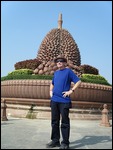

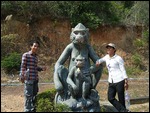

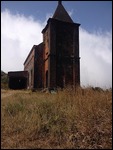










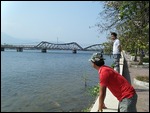

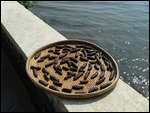
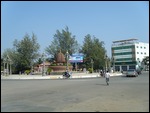
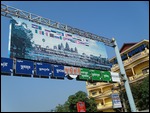
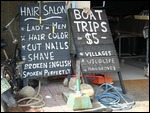
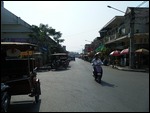
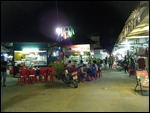
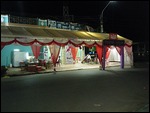
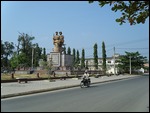
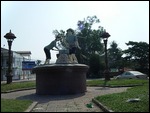
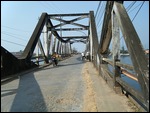
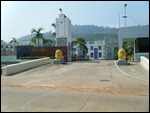
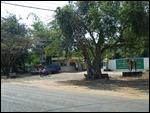
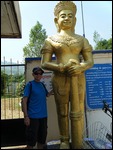

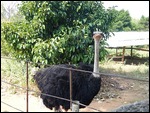
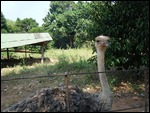
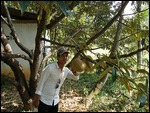
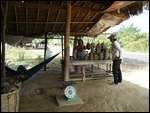
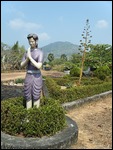

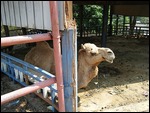
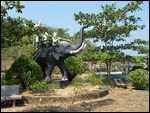
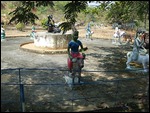
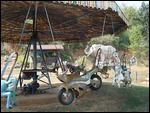
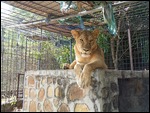
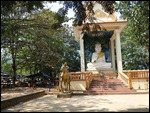
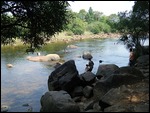

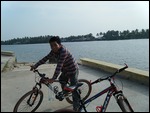
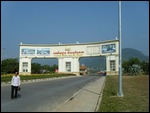
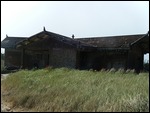
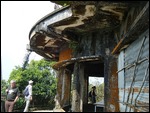
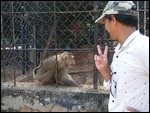
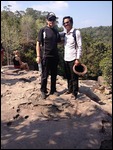
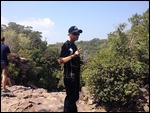
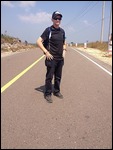
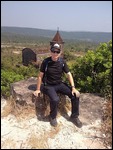
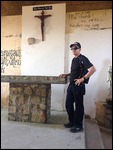
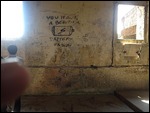

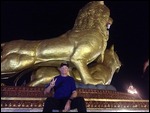

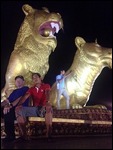
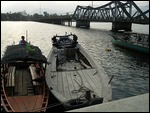
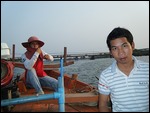
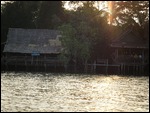
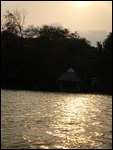
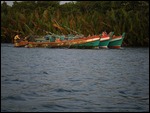
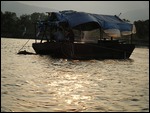

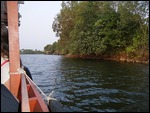
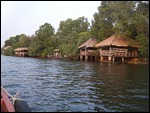
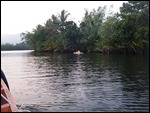
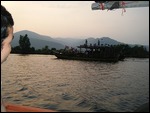
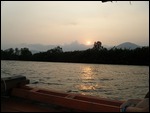
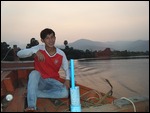
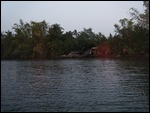
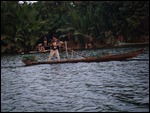
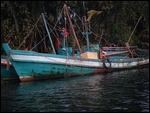
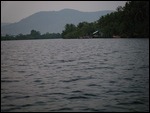
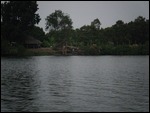
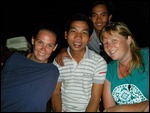
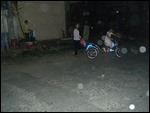
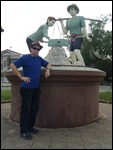
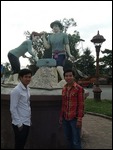
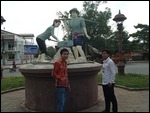
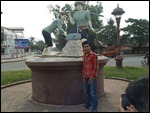
2025-05-22